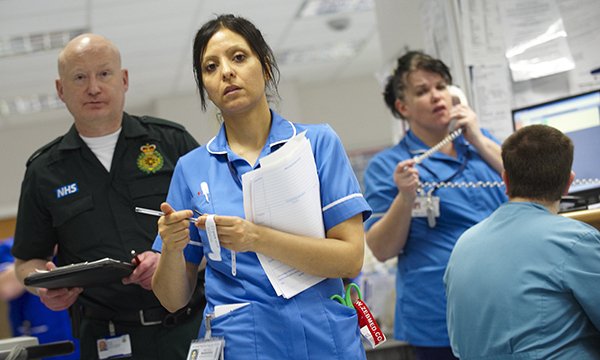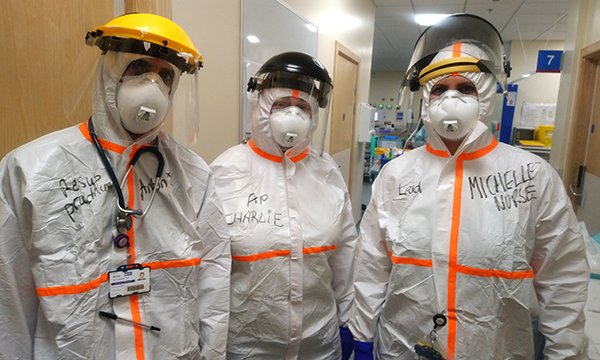Cliff Evans
A strategic solution to preventing the harm associated with ambulance handover delays
Why you should read this article: • To recognise that overcrowded emergency departments result in ambulance handover delays causing avoidable harm to patients awaiting assessment • To identify how forward planning and anticipatory escalation processes can reduce the potential for patients to experience avoidable harm • To learn how a strategic quality improvement project improved patient safety and the working lives of front-line healthcare professionals Ambulance handover delays arise when emergency departments become overcrowded as patients waiting prolonged periods for admission occupy clinical cubicles designed to facilitate the assessment and treatment of emergency arrivals. In response, many organisations become reliant on temporarily lodging acutely unwell patients awaiting admission in undesignated areas for care such as corridors, to provide additional space. This results in a significant risk of avoidable harm, indignity and psychological trauma for patients and has a negative effect on the well-being of healthcare professionals, since unacceptable standards of care become normalised. A two-phase strategic quality improvement project was implemented at the authors’ acute trust. Ambulance handover data from between 2 November 2020 and 26 July 2021 provided a benchmark for the project. The first phase was implemented between 2 November 2021 and 26 July 2022 and aimed to reduce 60-minute ambulance handover delays. The second phase was implemented between 2 November 2022 and 26 July 2023 and aimed to eradicate 60-minute ambulance handover delays and improve overall performance. Phase one resulted in a 32% reduction in 60-minute ambulance handover delays. Phase two resulted in a 97% reduction in 60-minute ambulance handover delays. Over the course of the project there was a 24% increase in handovers completed within 15 minutes. This project demonstrates how strategic planning and collaboration between healthcare teams can reduce the potential for avoidable patient harm, while simultaneously promoting workforce well-being and retention.
ED pressures: how to enhance your nursing practice in difficult conditions
Winter brings extra pressures for an overstretched workforce, so nurses need to work together
Emergency care in crisis: the incompetence that underlies NHS failures
Deficit in acute beds means unprecedented pressure on overstretched emergency nurses
Emergency care: COVID's second wave, winter pressures and outdated targets
Emergency departments are facing their greatest challenges of the pandemic
How early preparations have helped one emergency department during the COVID-19 pandemic
Forward triage enables nurses to prevent unnecessary admissions and cross contamination
ED staff must feel safe and supported to deliver dignified care
Progressive nurse leaders can ensure decreasing morale and increasing turnover aren't inevitable
Improving patient safety through the introduction of a formal triage process
Emergency departments (EDs) in the UK are facing unprecedented increases in attendance, and the ability to safely assess, diagnose, treat, refer or discharge patients is a national challenge. This article discusses one component of a comprehensive ED strategy created to address serious concerns identified by regulators and develop and improve services in the department at Medway NHS Foundation Trust, Kent.
Managing pain
Patients present to emergency departments (EDs) with many different physical and psychological illnesses, and there can be several social complexities associated with these presentations. According to the ethos of modern healthcare management, patients are whole but multidimensional beings who should be placed by healthcare professionals at the centre of multidisciplin ary team activities (Department of Health 2004a).






